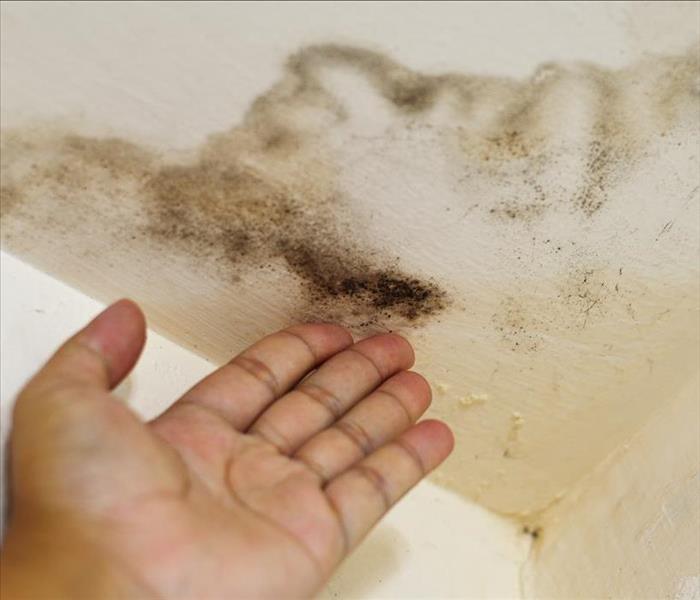3 Common Effects of Water Damage on Ceiling Tiles
4/4/2022 (Permalink)
Water Damage to Ceiling Tiles
Water damage can have telltale effects on the appearance and condition of the tiles on a ceiling. Short of tile mold, visible signs of disintegration, distortion or staining may be evident. Find out more about three common effects leaks can have on commercial ceiling tiles at a building located in Humble, TX.
1. Causing Stains To Appear On Tiles
As soon as water makes contact with expanded polystyrene, fiberglass, cork, or other ceiling materials, stains may start to become apparent. Tile discoloration may not be immediately discernible, but dried damage from water on various ceiling styles tends to turn the tiles brown over time. Signs of problems may become more visible in the following days, weeks and months if the owner or building manager fails to undertake water damage restoration.
2. Distorting the Texture of the Ceiling
Nearly any type of ceiling material becomes distorted in appearance after moderate to major damage involving water. Fast leaks from plumbing supply lines or a big breach in roofing materials may cause ceilings to sag or swell. A slow leak may not show signs of a distorted texture until tile mold starts to grow. Mold may be fuzzy, spongy or slimy in appearance and tends to grow in patterns.
3. Undermining the Ceiling Materials
Porous ceiling materials will not be the same after saturation with water. Ceilings may start to crack, crumble or flake and leave behind residues on floors and surfaces. It is often necessary to replace absorbent ceiling materials such as polystyrene, cork or fiberglass. It may be possible to clean mold off of plastic or metal commercial ceilings.
Commercial property owners or managers may notice a distorted texture or staining before ceiling tiles start disintegrating. It is important to act quickly to limit damage and risks of occupant exposure to tile mold. Schedule an inspection to determine the cause and degree of damage to a building in Humble, TX.





 24/7 Emergency Service
24/7 Emergency Service
